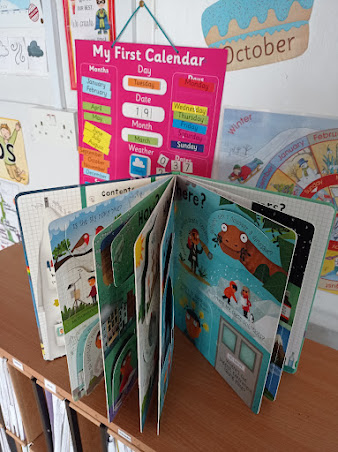Nurturing Neat Penmanship: Strategies for Year 1 and 2
As educators and parents, we understand the significance of good handwriting in a child's academic journey. Year 1 and 2 are pivotal years for developing foundational handwriting skills that lay the groundwork for future academic success. Today, let's delve into effective techniques for fostering neat penmanship during these critical years, emphasising correct pencil grip, the utilisation of a specialised handwriting book, and the importance of perseverance in the face of challenges.
1. Mastering the Basics: Correct Pencil Grip
Before delving into letter formation, it's essential to ensure that children have mastered the correct pencil grip. Encouraging the tripod grip—where the pencil is held between the thumb and index finger while resting on the middle finger—provides stability and control, facilitating smoother and more precise handwriting movements.
2. Utilising a Handwriting Book: Visual Aid for Letter Placement
In our efforts to promote neat handwriting, we employ a specialised handwriting book designed to aid children in understanding letter placement on the lines. This book utilises a creative approach, with letters depicted as sitting in various elements of nature: 'in the forest' for the main placement of the letter, 'in the sky' for ladder letters, and 'underground' for letters that descend below the line, such as 'g' and 'y'. This visual representation helps children grasp the spatial arrangement of letters, enhancing their ability to write legibly and neatly.
3. Emphasising Letter Formation: Year 1 and 2 Focus
Year 1 and 2 serve as crucial years for refining letter formation skills. We place a strong emphasis on starting each letter in the correct place and ensuring uniformity in size. Through consistent practice and guidance, children gradually develop muscle memory and motor skills necessary for producing neat and legible handwriting.
4. Tracking Progress: Celebrating Milestones
As the term progresses, we celebrate the milestones achieved in each child's handwriting journey. From the initial scribbles to neatly formed letters aligned on the lines, the progress is undeniable. This recognition boosts children's confidence and motivates them to continue honing their handwriting skills.
5. Overcoming Challenges: Perseverance and Confidence Building
Despite the focus on handwriting, challenges may arise, such as a temporary slowdown in writing output. It's important not to be discouraged. With perseverance and encouragement, children gradually gain confidence in their handwriting abilities. As they become more proficient, they naturally increase their writing speed without compromising legibility.
Nurturing neat penmanship in Year 1 and 2 requires a holistic approach that encompasses correct pencil grip, the use of specialised handwriting books, and a focus on letter formation. By providing children with the tools and support they need to develop crisp and legible handwriting, we set them on the path to academic success. Remember, the journey to proficient handwriting may have its challenges, but with patience and perseverance, every child can achieve mastery in the art of writing.





Comments
Post a Comment
Hi there, Thanks for taking the time to share.